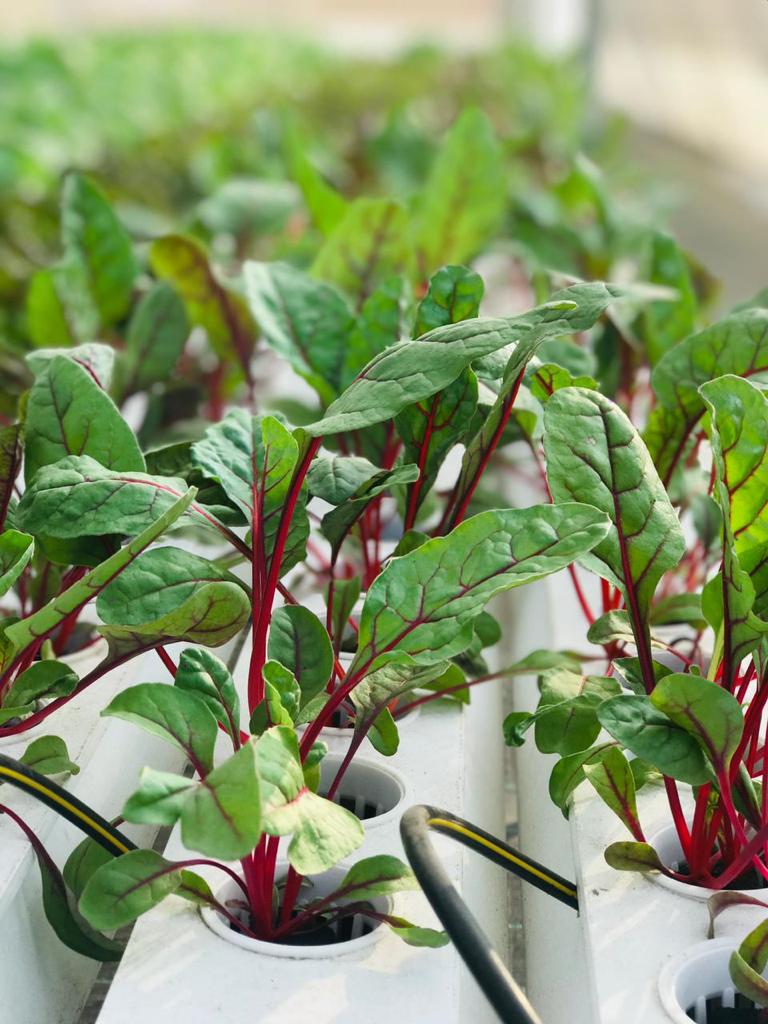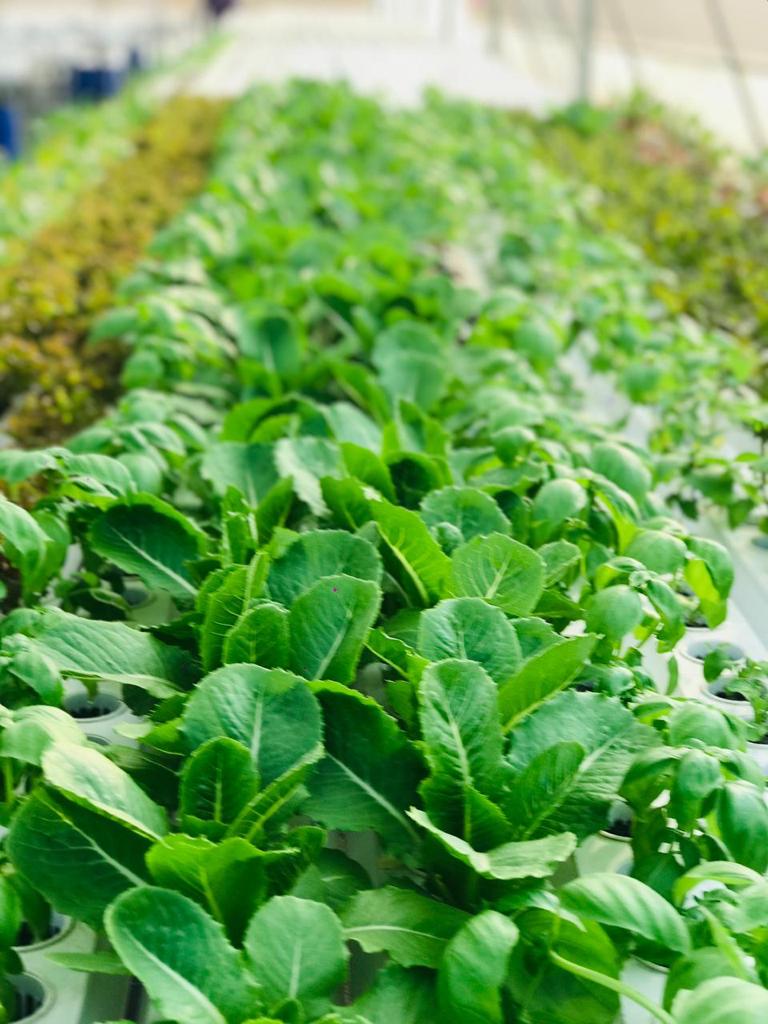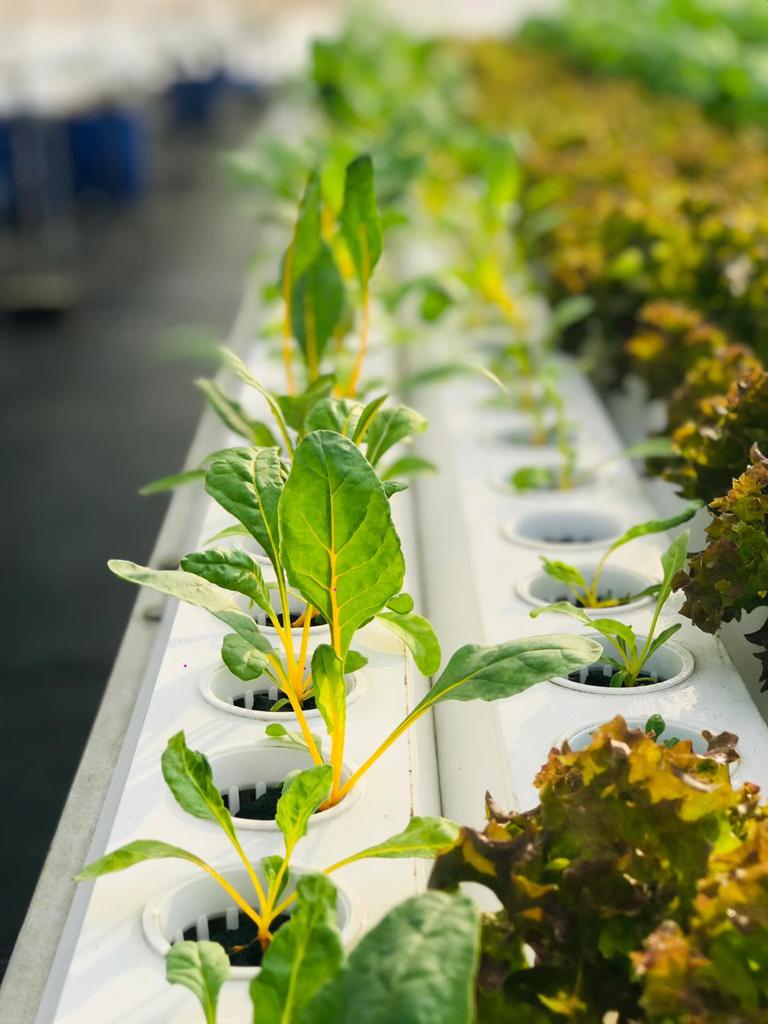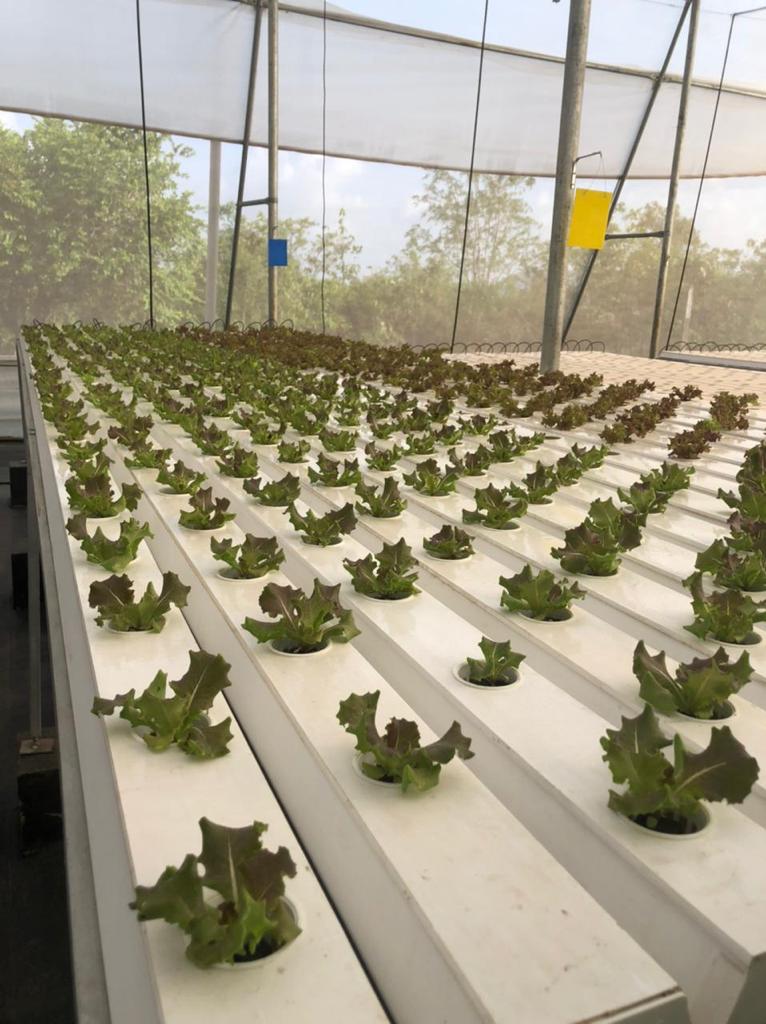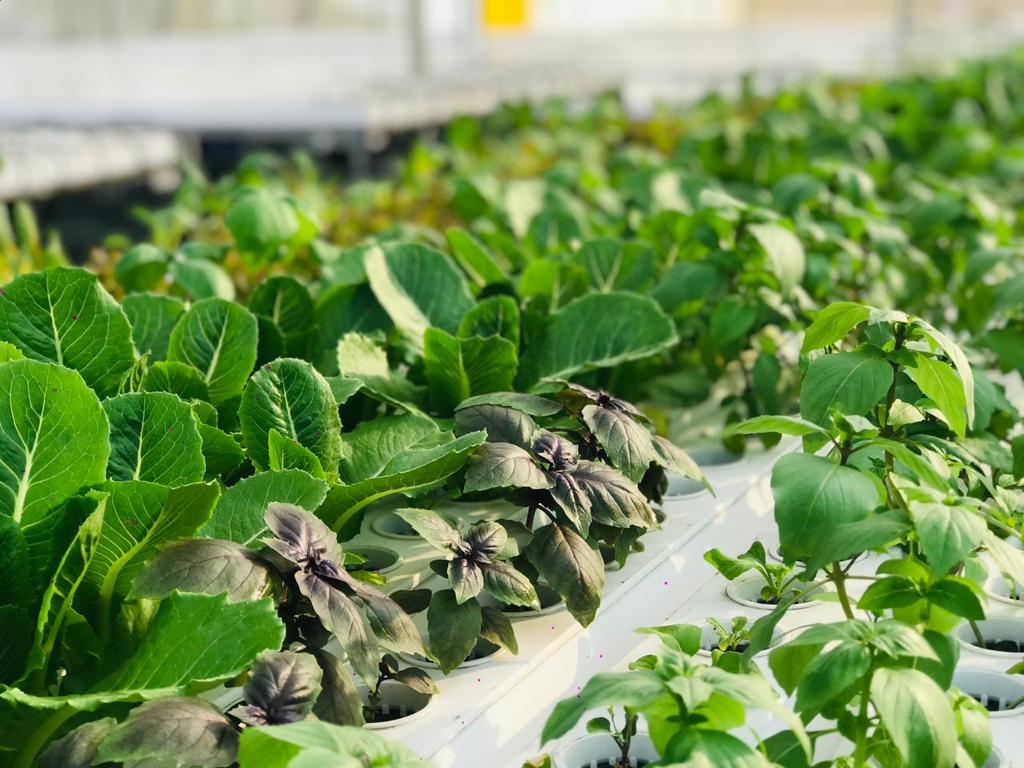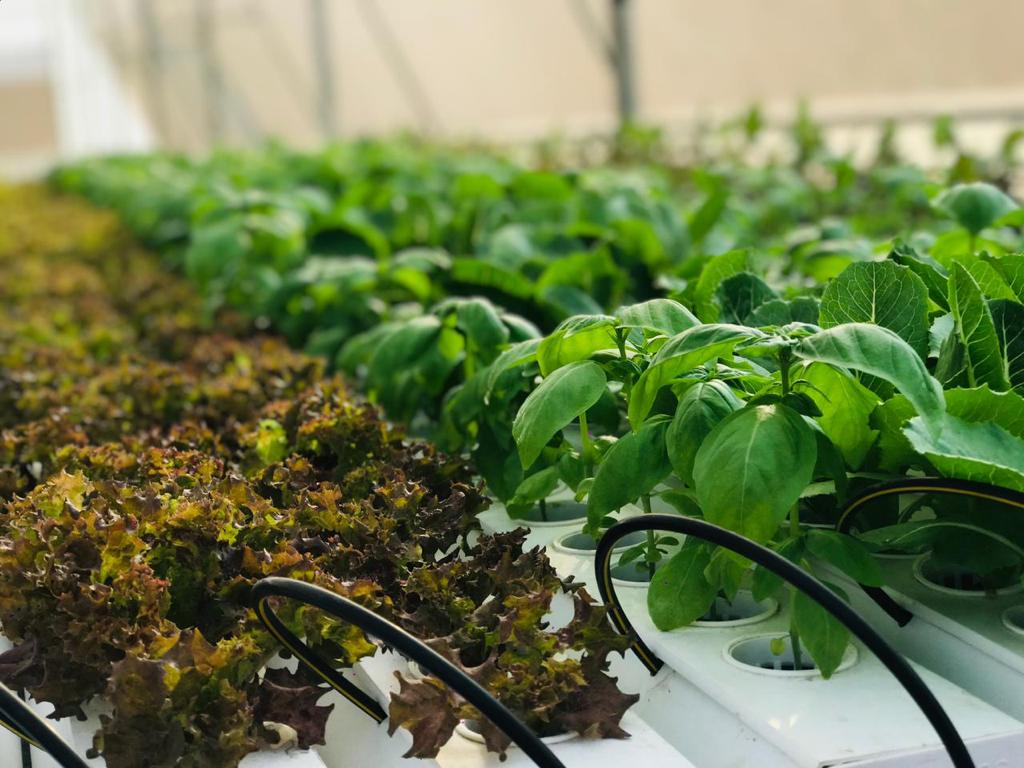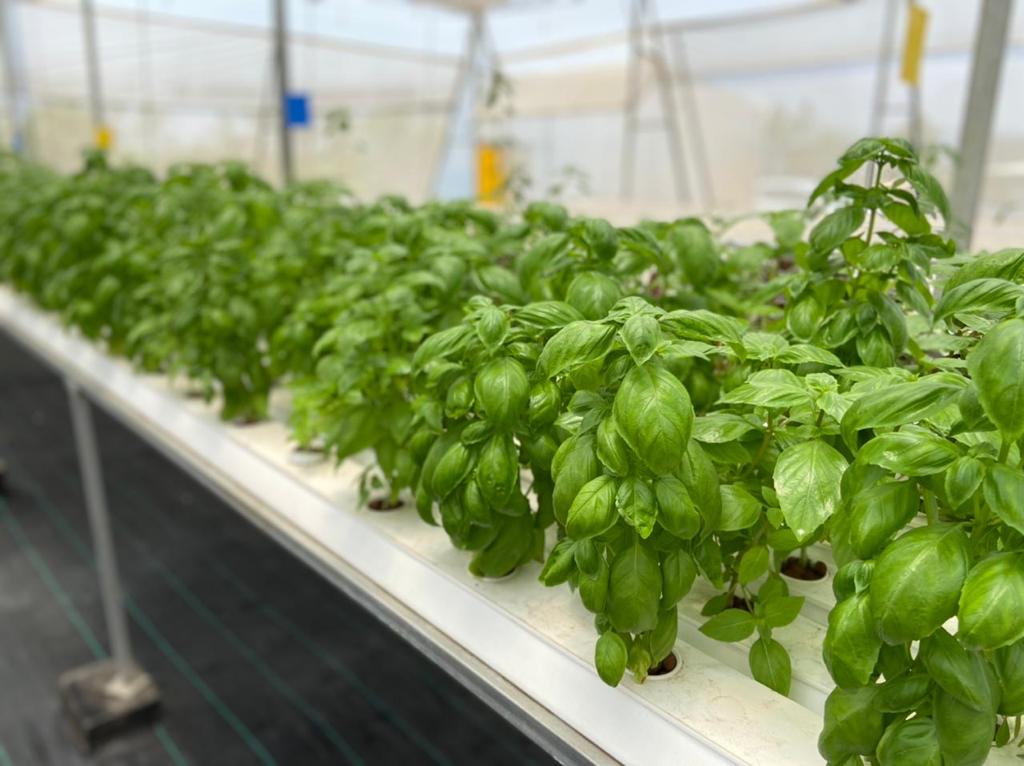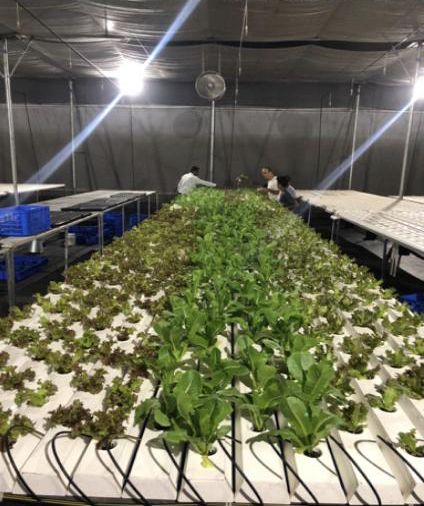Max Green Farms
Letter of my Co-Founder
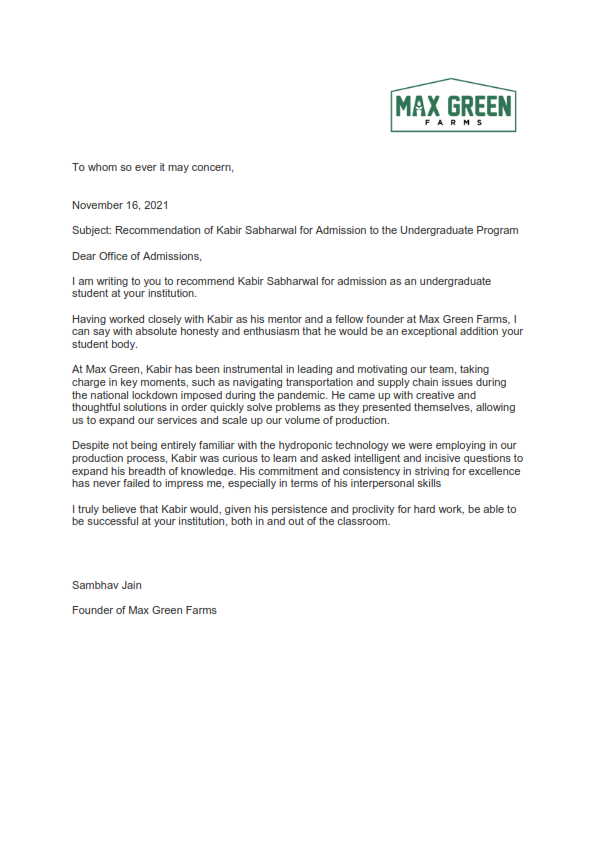
My Profile
KABIR SABHARWAL, FOUNDER of Max Green Farms
A grade 12 IBDP student of Jamnabai Narsee International School, with a keen interest in business, outdoors, sports and health. Growing up in a business family, familiar and fond of new and adventurous business ventures. I believe that great learning comes from being involved in the processes that go into starting a company, with a hands-on approach being the best way to deliver results. Armed with a desire to work in a manufacturing environment, I thoroughly enjoy touring plants and figuring out what makes them tick. Hope that this is just the beginning of his entrepreneurial journey.
A love for nature and the curiosity to learn more flowered into a vision to contribute to sustainable agriculture. Our founders, individuals with varied expertise share a common love for all things outdoors and food.
We at “Max Green Farms” grow FRESH TENDER GREENS by using Hydroponic technology. Our greens are tender, delicious, clean, pesticide & residue free, responsibly grown. We’re proudly non-GMO. We believe that seeds, water and sunshine are the ingredients for perfect produce. Healthy greens grown by us, at Karjat are delivered fresh every time
As people who are mindful of what’s on their plate, they were led by their curiosity to learn about a novel way to transform agriculture, hydroponics. Hydroponics is a line of farming that uses a technique of cultivating crops by making use of mineral nutrient solutions, in water, without the use of soil. As a matter of fact, crops that are basically cultivated on terrestrial soil can successfully be grown with their roots in the mineral solution only. This technique uses 85% less water than conventional farming, 1/4th of land and uses no pesticides in a climate-controlled environment, making it not only environmentally sustainable, but also exceptionally healthy for you.
The farm is a combination of cutting edge, high quality, efficient growing techniques. It utilizes the latest sensing technologies & data science for production. The technology is unconventional, but so is the grower’s commitment to taste, quality and sustainability. The project is near Karjat, 2 hours from Mumbai, Maharashtra, India. The global population is pushing beyond 7.5 billion people, as a result of which, the scarcity of land continues to grow every day. In the midst of this paucity, we face a new question - "How do we continue to nourish the entire world?"
Unlike traditional cropping in which a seed is dug into the ground, hydroponic plants have been grown almost completely in water located in a greenhouse. They are provided with a source of nutrient-enriched water instead of soil. This saves up to 1/8th of the land and 85% of water that would be used in comparison to traditional farming.
Hydroponics - The word comes from the Greek word’s hydro (“water”) and ponos (“labor”) – literally “water working”. We add organic fertilizers into water and by making the water the media we supply nutrients to the plants. We are using Hydroponic technology to produce lettuce and leafy greens in state-of-art, temperature-controlled polyhouse.
The structures being created are multi-spans, it has automated temperature and humidity controlled sensors, opening and closing vents, automatic misting units and fans for better air circulation. We use technology to continuously monitor all of the macro- and micronutrients for our plants to provide them with everything that they need to thrive. We are able to take the exact same seed from the field and grow it in half the time opposed to traditional Farming.
Hydroponics uses less water than traditional farming. In some cases up to 85% less water than traditional soil-based agriculture. We use 1/8 th the land required for the same number of plants in soil base farming. And grow all year around doing 6 to 8 cycles opposed to 4 in conventional farming. Hydroponics being a science-based system helps us create consistency in quality & taste.
During Covid my school was closed and all other extra activities too. So, I had time to put in 8 hrs initially and later 4 hours daily for my project. As we were under lockdown, I spent my time at the farm and worked on the hydroponics project
We designed our polyhouse to meet international standards using equipment from Israel which is a leading country in farming technology for this project. Our main motive was to keep insects, bugs and pesticides away from the plants so we don’t use any pesticides. And we achieved to the fullest by making a fine-net polyhouse.
I have learnt about systems routine checks and discipline. Using hydroponic technology in a polyhouse is like an ICU setup where you have to continuously monitor the plant's parameters and by doing this you get the optimum productivity. We can improve the production if we follow the systems more accurately & properly to achieve maximum yield. I have gone into depth of the project with my mentor, the use of physics, chemistry and biology has been used at the highest level. Physics was used to calculate water flow in the system aerodynamic design of the polyhouse, calculation of electric consumption. Biology to understand plant physiology and chemistry for nutrient making which we feed to our plants.
We don't spray harmful pesticides on our plants. I have made all our staff wear safety gear when required. While working in the polyhouse everyone wears masks and gloves so that no contamination happens.
This was built on the plateau of a mountain and we had to protect it against the strong winds, so we built a polyhouse keeping the sunrise and sunset in mind so that plants get most of the sun. We did a lot of on the go and out of the box thinking. The designing and the structuring required a lot of thinking, and in my perspective it is one of the best-looking polyhouses in India.
In hydroponics the water has to flow through each tray and has to flow at the same speed till it reaches the last plant. We are growing 11,000 plants, the flow somewhere was faster and somewhere was slower and thus the plant growth was different, on understanding this the ones where the growth were less we did the alignment of the trays in a way that the water was equally flowing through the trays and the plants started growing in equal size

